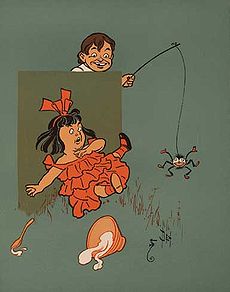Visit and Join the WeHeal Phobias Community
For more information, see: MayoClinic | Wikipedia

A phobia is a type of anxiety disorder, usually defined as a persistent fear of an object or situation in which the sufferer commits to great lengths in avoiding, typically disproportional to the actual danger posed, often being recognized as irrational. In the event the phobia cannot be avoided entirely, the sufferer will endure the situation or object with marked distress and significant interference in social or occupational activities.
The terms distress and impairment as defined by the Diagnostic and Statistical Manual of Mental Disorders, Fourth Edition (DSM-IV-TR) should also take into account the context of the sufferer’s environment if attempting a diagnosis. The DSM-IV-TR states that if a phobic stimulus, whether it be an object or a social situation, is absent entirely in an environment — a diagnosis cannot be made. An example of this situation would be an individual who has a fear of mice (Suriphobia) but lives in an area devoid of mice. Even though the concept of mice causes marked distress and impairment within the individual, because the individual does not encounter mice in the environment no actual distress or impairment is ever experienced. Proximity and the degree to which escape from the phobic stimulus is impossible should also be considered. As the sufferer approaches a phobic stimulus, anxiety levels increase (e.g. as one gets closer to a snake, fear increases in ophidiophobia), and the degree to which escape of the phobic stimulus is limited has the effect of varying the intensity of fear in instances such as riding an elevator (e.g. anxiety increases at the midway point between floors and decreases when the floor is reached and the doors open).
The term phobia is encompassing and usually discussed in the contexts of specific phobias and social phobias. Specific phobias are nouns, such as arachnophobia or acrophobia, which are specific, and social phobias are phobias within social situations, such as public speaking and crowded areas. Some phobias, such as xenophobia, overlap with many other phobias.
Visit and Join the WeHeal Phobias Community
For more information, see: MayoClinic | Wikipedia
WeHeal is very grateful to our valued sources of information which include Wikipedia, WebMD, ClinicalTrials.gov, Cancer.gov, Infoplease, and the US CDC (Center for Disease Control).